The EU’s goals to produce and import green hydrogen fuel are unrealistic and unlikely to be met despite billions of euros in funding, the European Court of Auditors said yesterday.
The European Commission has set targets to produce up to 10 million tonnes of hydrogen by 2030 and import a further 10 million tonnes. While not binding, the goals are part of the bloc’s plans to end its reliance on Russian fuel imports.
In a report, the court said that those targets were based on “political will” rather than robust analysis, and the EU is far off track to meet them.
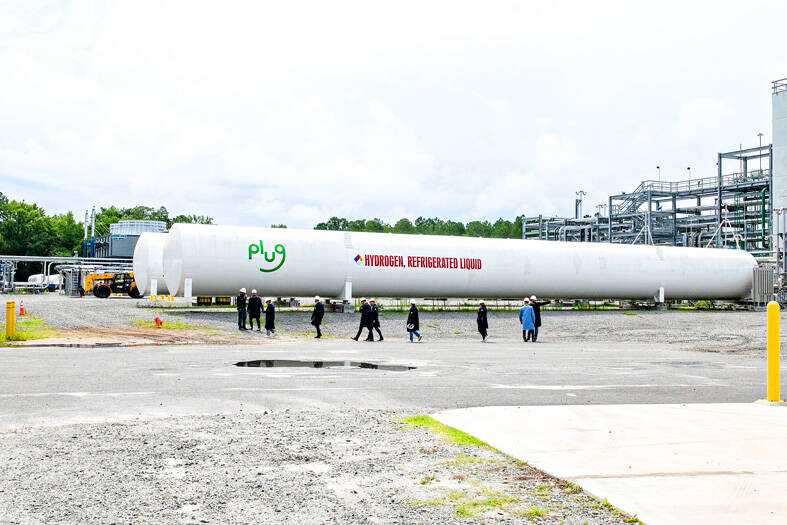
Photo: Bloomberg
Another target set by Brussels, to install at least 40 gigawatts (GW) of hydrogen electrolyzers by 2030, was an idea suggested in documents by a hydrogen lobby group, the report said.
Despite EU funding of 18.8 billion euros (US$20.5 billion) for hydrogen projects, projects that would add less than 5GW of production capacity by 2030 have reached an advanced stage, although projects totaling about 50GW of capacity are also at an earlier assessment stage.
Green hydrogen is deemed crucial to meet the EU’s climate change commitments. It is produced by using energy from renewable sources to split water. The EU is banking on it to decarbonize industrial processes such as steel and fertilizer manufacturing.
“The EU’s industrial policy on renewable hydrogen needs a reality check,” said auditor Stef Blok, who led the report.
The court said that the European Commission should devise a more targeted approach to allocating EU funding and update its policies to incentivize hydrogen projects.
A commission spokesperson said it took note of the report and acknowledged that the hydrogen market was taking shape “gradually.”
“Our work is far from finished. We now have to accelerate the deployment and uptake of renewable and low-carbon hydrogen in Europe,” the spokesperson said.
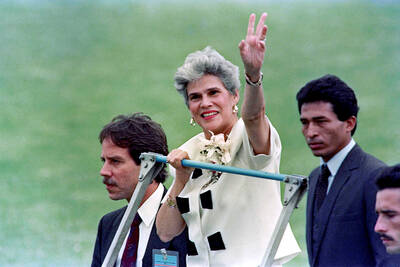
Former Nicaraguan president Violeta Chamorro, who brought peace to Nicaragua after years of war and was the first woman elected president in the Americas, died on Saturday at the age of 95, her family said. Chamorro, who ruled the poor Central American country from 1990 to 1997, “died in peace, surrounded by the affection and love of her children,” said a statement issued by her four children. As president, Chamorro ended a civil war that had raged for much of the 1980s as US-backed rebels known as the “Contras” fought the leftist Sandinista government. That conflict made Nicaragua one of
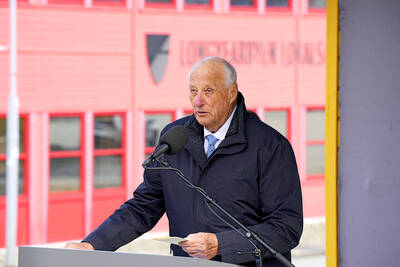
COMPETITION: The US and Russia make up about 90 percent of the world stockpile and are adding new versions, while China’s nuclear force is steadily rising, SIPRI said Most of the world’s nuclear-armed states continued to modernize their arsenals last year, setting the stage for a new nuclear arms race, the Stockholm International Peace Research Institute (SIPRI) said yesterday. Nuclear powers including the US and Russia — which account for about 90 percent of the world’s stockpile — had spent time last year “upgrading existing weapons and adding newer versions,” researchers said. Since the end of the Cold War, old warheads have generally been dismantled quicker than new ones have been deployed, resulting in a decrease in the overall number of warheads. However, SIPRI said that the trend was likely
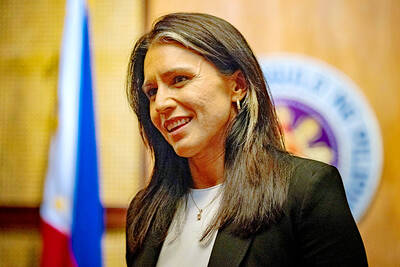
NUCLEAR WARNING: Elites are carelessly fomenting fear and tensions between nuclear powers, perhaps because they have access to shelters, Tulsi Gabbard said After a trip to Hiroshima, US Director of National Intelligence Tulsi Gabbard on Tuesday warned that “warmongers” were pushing the world to the brink of nuclear war. Gabbard did not specify her concerns. Gabbard posted on social media a video of grisly footage from the world’s first nuclear attack and of her staring reflectively at the Hiroshima Peace Memorial. On Aug. 6, 1945, the US obliterated Hiroshima, killing 140,000 people in the explosion and by the end of the year from the uranium bomb’s effects. Three days later, a US plane dropped a plutonium bomb on Nagasaki, leaving abut 74,000 people dead by the
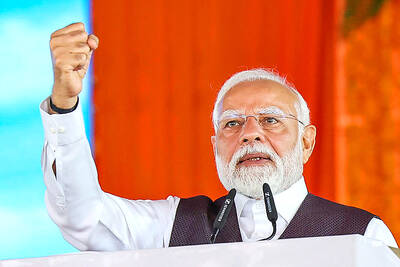
Indian Prime Minister Narendra Modi is to visit Canada next week, his first since relations plummeted after the assassination of a Canadian Sikh separatist in Vancouver, triggering diplomatic expulsions and hitting trade. Analysts hope it is a step toward repairing ties that soured in 2023, after then-Canadian prime minister Justin Trudeau pointed the finger at New Delhi’s involvement in murdering Hardeep Singh Nijjar, claims India furiously denied. An invitation extended by new Canadian Prime Minister Mark Carney to Modi to attend the G7 leaders summit in Canada offers a chance to “reset” relations, former Indian diplomat Harsh Vardhan Shringla said. “This is a